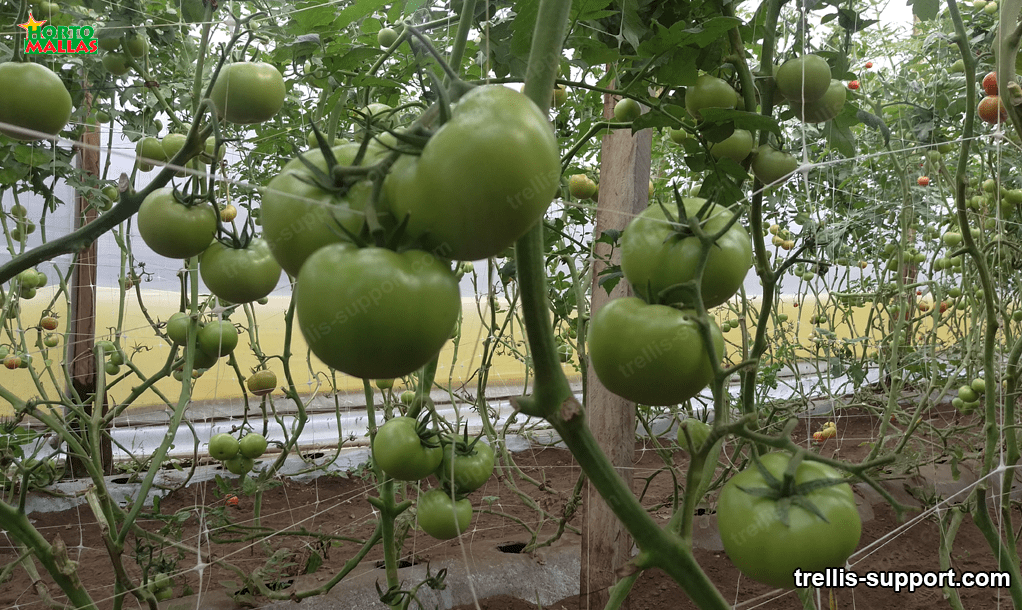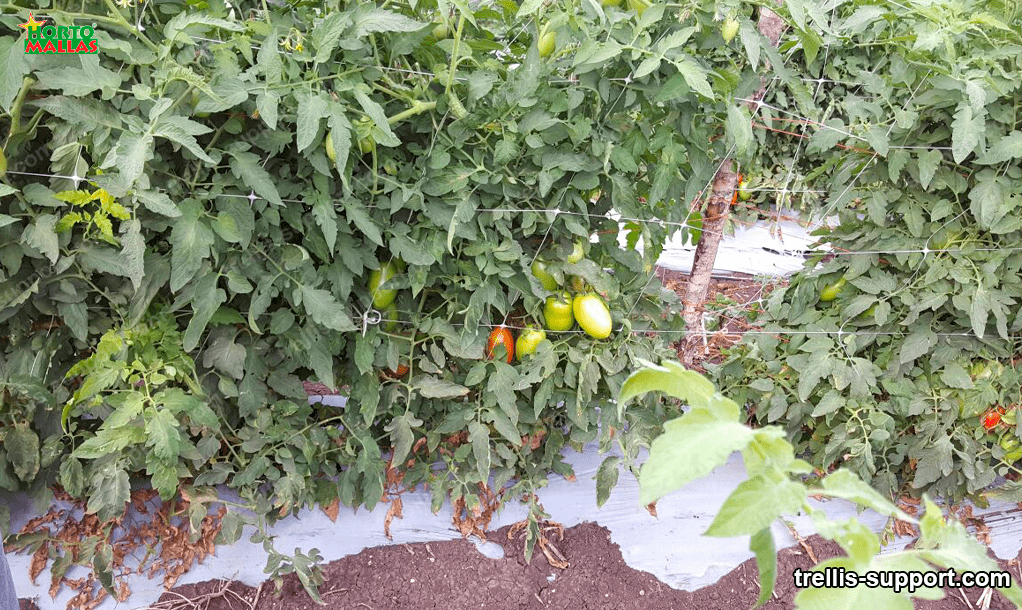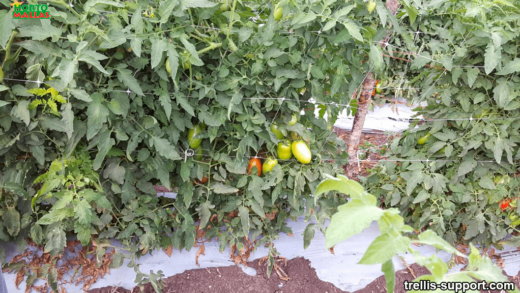The trellising netting improves soil aerodynamics, which helps promote better conditions and hinders soil erosion. The netting is designed to provide the added benefit of providing stable support for plant development and some varieties of netting also provide a barrier to damaging insects. Farmers take advantage of trellising netting to improve crop yields, as this structure can increase production by up to 20%. This farming technique can increase yields of crops as diverse as corn, wheat, oats, rice, cotton and soybeans. In addition, there are varieties of netting that are designed for multiple uses and allow farmers to adapt to changes in climate and soil. It also increases their profitability through the resistance of cultivated plant varieties. This nutrient spreading tool provides a solid structure that is resistant to diseases and pests.
This helps to keep the soil always fertile and can be reused for a long service life. The use of the netting also helps prevent contamination with pesticides or herbicides, which improves crop quality in every way. Trellising netting companies specialize in helping growers choose the right netting to meet their needs. Many companies offer advice to determine the right type of netting for your crop, along with the resources needed to ensure your netting is professionally installed. These companies also provide regulations and standards that growers must follow to minimize risks and improve crop quality. In short, this netting was created to improve the quality and quantity of crops while reducing the risks of diseases and pests. This modern tool provides an excellent opportunity for farmers to receive better results for their crops, while keeping the soil healthy and fertile.

Improvements and facilities provided by climbing netting
Vegetable crop trellising netting for orchards and greenhouses is an excellent tool for improving crop health and productivity. It offers a variety of trellising modes, allowing growers to connect and join the stems of several plants. In this way, irrigated plants will have better access to the substrate and sunlight they need to grow and flourish. This innovation has proven useful for flower, fruit and vegetable crops. In addition to improving access to the resources needed for crops to grow and flourish, trellising netting also offers a number of facilities that farmers and gardeners can enjoy to improve the productivity of their own crops. With trellising netting, growers are able to control the low weight and tapering of the plant, serving as an effective trellising tool. With proper stretching of the netting, crops will remain tight, allowing the grower to control plant growth for a profitable harvest.
It also offers facilities for crop protection. This netting protects crops against insects, wind, snow and rain. Thanks to this netting, farmers can avoid drastic temperature changes that could irreversibly damage their crops. Another feature of the trellising netting is the option of using the netting as a temporary shade structure, which will allow the farmer to provide extra protection for his plants. Some of the improvements of the trellising netting are its weather resistant properties. This netting is resistant to wind, cold and heat. This means that growers can let their crops stay outdoors for a long time without risk of damage. This netting is also insect resistant, reducing the risk of pest damage. This resistance also serves to maintain higher disease resistance in crops.

Why is it a key product today?
Trellising netting is essential in today’s vegetable, flower, etc. crops. This is because there are some important factors that have an impact on crop quality. One of the most important factors is the physical support or “tutoring” for the crops. This is achieved by using trellising netting, which is a form of support for plant growth in a way that allows for better growth. This prevents damage to plants as they grow, which can significantly affect the size, shape and overall quality of crops. This netting also helps prevent plant drop when there are extreme weather conditions or conditions that exceed the temperature or climate threshold for which the plants are accustomed. This helps to reduce crop loss and in the medium to long term increases productivity, which generates profits as well as different ways to save when used.
In addition, trellising netting also helps to improve soil quality. This is important because in today’s crops this is not always taken into account. However, soil is one of the most important factors for growing plants. This is because soil is composed of nutrients, structure and a variety of microorganisms that are responsible for the production of nutrients for plants. If the soil lacks these elements, then the growth and production of crops will be directly affected. Trellising netting is a useful tool to help improve soil quality by keeping the roots well anchored and supported. This helps prevent root and nutrient damage and helps ensure that nutrients get to where they are needed. Considering that it has the ability to support root growth, trellising netting also helps improve crop structure and quality.

